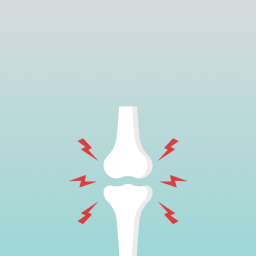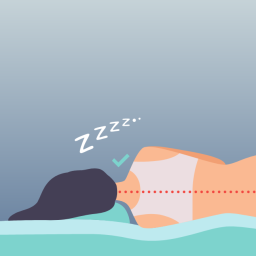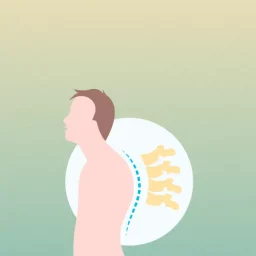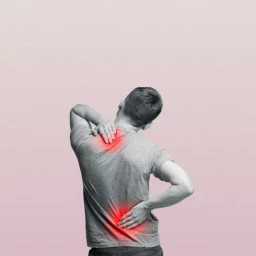What is Thoracic outlet Syndrome?
Thoracic Outlet Syndrome is the compression of the nerves and/or blood vessels as they exit the neck and go into the arm. Commonly, the individual experiences pain and discomfort in their neck and upper back that radiates into their arms and down to their fingers.
What causes Thoracic Outlet Syndrome?
Thoracic outlet syndrome (TOS) can be caused by a muscle imbalance in the neck area or due to bony anomalies like the presence of a cervical rib or elevated 1st rib. Muscle imbalances can often be caused by faulty postures (eg: prolonged computer and mobile phone use). These muscle imbalances and bony anomalies compress the brachial plexus (network of nerves that come from the cervical region) and/or the blood vessels (arteries and veins) supplying the arm and hand.
What are the signs and symptoms of Thoracic Outlet Syndrome:
2 categories of Thoracic Outlet Syndrome: Neurogenic and Vascular
- Neurogenic: If the involved structures affect the brachial plexus, the person will experience sharp and shooting pain, numbness, or tingling sensations from the neck radiating down to the arm and fingers. More often, these symptoms are felt at night. Further, symptoms may be experienced while working in front of a computer.
- Vascular: If the involved structures affect the blood vessels, the individual will experience coolness and paleness on the affected arm. They could also have a weak or absent pulse.
Other signs and symptoms of Thoracic outlet Syndrome include:
- Arm fatigue with activity, especially when working with arms overhead.
- Decreased grip strength
- Numbness and tingling sensation on the inner and/or outer aspects of the forearm down to the fingers.
Complications of Thoracic Outlet Syndrome
If the condition is left untreated, the nerves and/or blood vessels will continue to be compressed. This can cause atrophy of muscles and structures distal to the compression. This can also cause severe damage over time and require surgery.
When to seek help?
A person experiencing any of the aforementioned symptoms should be assessed by a regulated healthcare professional. A physician, physiotherapist, or chiropractor is able to rule out other peripheral neuropathies. Other neuropathies similar to TOS include carpal tunnel, handlebar syndrome, and cubital tunnel syndrome. Central neuropathies such as cervical stenosis and disk herniation may have similar symptoms as well.
If you suffer from thoracic outlet syndrome, you can have a consultation with one of our physiotherapists or chiropractors. At CURAVITA, most are able to have an initial assessment on the same day or the day after. For more information or to book an appointment with one of our chiropractors, physiotherapists or massage therapists, visit our clinic websites at Curavita Byward and Curavita Glebe.
Byward Market
Email: info.byward@curavita.com
URL: https://byward.curavita.com
Glebe
Email: info.glebe@curavita.com
URL: https://glebe.curavita.com
















